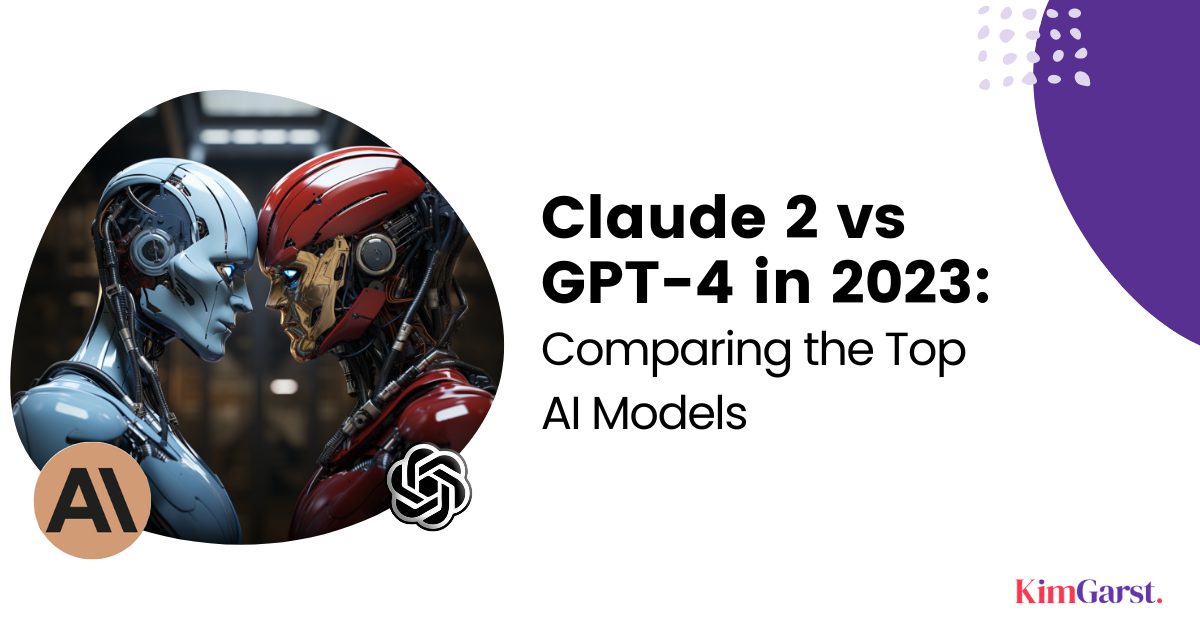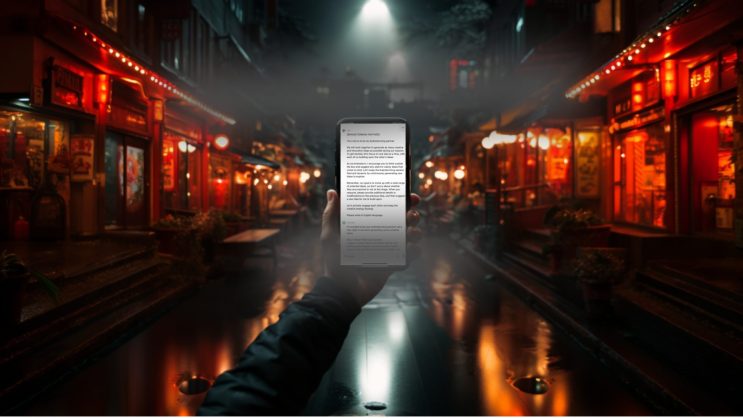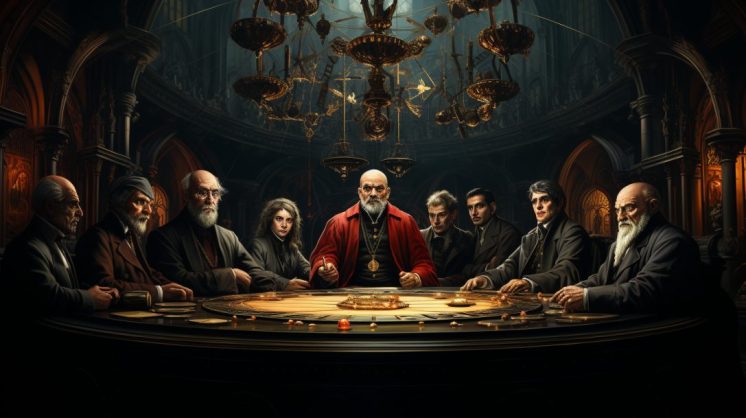In the race to develop the most advanced artificial intelligence systems, two dueling models have pulled ahead of the pack – Anthropic’s Claude 2 and OpenAI’s GPT-4. These large language models represent the cutting edge of AI capabilities in 2023.
Both can engage in remarkably human-like conversation, generate written content, and even produce computer code on demand. However, Claude 2 and GPT-4 have key differences when it comes to speed, accuracy, pricing, ethics and more.

So how do these AI marvels stack up head-to-head? This in-depth Claude 2 versus GPT-4 comparison analyzes all the metrics to reveal where each model excels. By evaluating speed, cost, features, niche accuracy, safety and a few other critical components, my goal is to help you understand the strengths and weaknesses of Claude 2 and GPT-4.
Read my full head-to-head breakdown to learn which of these advanced systems best fits your needs and use cases in 2023 and beyond.
Speed: Claude 2’s Got Some Speed
In initial testing, my first impression was WOW, Claude’s got some speed! Claude 2 definitely processes responses remarkably faster than GPT-4. When generating a 200-word product description, Claude 2 finished in about 30 seconds while GPT-4 took 60 seconds.
Claude 2’s architecture seems optimized for rapid text generation, giving it speed advantages for real-time applications.
Pricing: Claude 2 Far More Affordable

Claude 2 is currently FREE in their Beta model. You can sign up with your email or your Google account to give it a whirl.
Like ChatGPT, when they make more features available there will be a fee structure. Claude 2 will cost just $0.011 per 1 million tokens generated, making it extremely affordable.
You can also get a free account for ChatGPT and they have a ChatGPT Plus account that is $20.00/month that gives you:
- Access to ChatGPT during peak times
- Faster output responses
- Priority access to new things they roll out (features and improvements)
- Limited access to GPT-4
Otherwise, direct GPT-4 pricing is tiered based on model size and speed:
- GPT-4 Turbo costs $0.002 per 1K tokens
- GPT-4 Plus costs $0.004 per 1K tokens
- GPT-4 Basic costs $0.006 per 1K tokens
So, to generate 1 million tokens on the lowest GPT-4 tier would cost $6,000. Even on the fastest Turbo tier it would be $2,000 per 1 million tokens – still over 180 times more expensive than Claude 2!
Generating 10,000 tokens on Claude 2 costs around $0.11 vs $20-$60 through GPT-4 tiers. This massive price difference makes Claude 2 the clear choice if cost is a key factor.
Claude 2 provides cutting edge capabilities at a fraction of the price of GPT-4 models. For budget-conscious users, its affordability is a major advantage over GPT-4’s pricing.
Security: Both Robust but GPT-4 Has More Resources

Claude 2 vs GPT-4, both have undergone security reviews, but GPT-4 may have a slight edge as OpenAI dedicates more resources to auditing. However, neither has reported major vulnerabilities yet.
Niche Accuracy: Claude 2 Dominates Specialized Knowledge
When it comes to niche tasks like legal analysis and math, Claude 2 outperforms GPT-4 in accuracy.
For example, when prompted to “Analyze this contract excerpt and assess whether it contains unenforceable terms,” Claude 2 provided a more robust legal analysis than GPT-4.
And when asked complex math word problems, Claude 2 was more likely to solve them correctly and show step-by-step work.
However, for general knowledge questions like “Who was the author of The Great Gatsby?” GPT-4 remains more accurate overall.
So while Claude 2 edges out GPT-4 on accuracy for specialized domains like law and math, GPT-4 is more precisely accurate for broad general knowledge. Each model has accuracy advantages in different areas.
Features: GPT-4 Supports Multimodal Inputs
GPT-4 currently has more expansive features than Claude 2 when it comes to handling different types of input. GPT-4 can process images and respond to multimodal prompts combining text, images, audio and more. This gives it an edge on flexibility.
However, Claude 2 provides the ability to directly upload files like PDFs, DOCX, and images to provide additional context. Given its large 100,000 token limit, Claude 2 can ingest entire documents to produce summaries, answer questions, and synthesize insights based on attached files.
Comedy: Both Can Generate Humor
Neither LLM is specifically optimized for humor, but both can produce jokes given the right prompts. However, based on my own testing, I think Claude 2 has a better sense of humor.
Data Handling: Claude 2 Ingests Vastly More

Claude 2 can handle documents up to 100,000 tokens. GPT-4 is limited to ~4,000 words per prompt due to its smaller 8,192 token context window.
This is a huge difference and Claude 2 comes out the winner winner chicken dinner here!
Availability: GPT-4 More Open, Claude 2 Still Leading Public Access
As of July 2023, GPT-4 API access has been granted to all API users who have paid at least $1, though limits are still in place. ChatGPT Plus subscribers can also access GPT-4 through the chat interface with a usage cap of 25 messages every 3 hours.
However, access remains more restricted compared to Claude 2 which is freely available to any developer through its public API without any application or approval process.
So Claude 2 maintains a substantial advantage in terms of open public availability. While GPT-4 access is expanding from its closed beta, Claude 2 still provides the easiest access for developers and researchers to integrate advanced AI.
With Claude 2’s public API requiring no application or approval, it remains the leader for accessibility. However, GPT-4 is becoming available to more users through paid access and usage-capped models like ChatGPT Plus.
Constitutional AI: Ethics Built into Claude 2’s Core
A unique advantage of Claude 2 is its use of Constitutional AI, an approach to ingraining ethics directly into an AI system’s architecture.
Constitutional AI means giving the AI a set of ethical guiding principles – its “constitution” – modeled after human rights documents. The model is trained and designed to follow that constitution.
For Claude 2, its constitution guides it to avoid biased, dangerous, or harmful actions. It provides a framework for making principled judgments aligned with human ethics. This allows Claude 2 to self-correct certain biases without needing direct human feedback on every output.
GPT-4 lacks any constitutional AI, instead relying on human feedback on harmful outputs after the fact. Unlike Claude 2, GPT-4 has no inherent guidance to avoid unethical actions entirely rather than just correcting them over time.
Rather than just reactively fixing harmful outputs, Constitutional AI allows models to proactively avoid generating harm in the first place.
Math Calculations: Claude 2 Shows Its Step-by-Step Reasoning

On standardized math tests, Claude 2 vs GPT-4 achieve similar scores overall. However, Claude 2 provides more detailed explanations of its problem-solving process.
As a quick example, when provided a complex word problem like:
“Jane has picked 46 apples from an apple tree. She wants to distribute the apples evenly into 6 baskets. How many apples will be in each basket?”
Claude 2 will provide each step:
- Jane originally picked 46 apples total
- She needs to distribute them evenly into 6 baskets
- To distribute 46 apples evenly into 6 groups, she would put 46/6 = 7 apples in each basket
Whereas GPT-4 is more likely to simply provide the final numerical answer of 7 apples per basket without showing its work.
The ability to showcase its work grants Claude 2 an edge at not just solving math problems, but explaining them – granting insight into its reasoning approach.
Factual Accuracy: GPT-4 More Precise Currently
When it comes to getting facts right, GPT-4 is a bit better than Claude 2 as of today.
Let’s say you ask “What is the capital of Australia?”
GPT-4 will correctly say “The capital of Australia is Canberra.”
But Claude 2 might respond “The capital of Australia is Sydney” even though Sydney is the most populous city, not the capital.
For general knowledge questions, GPT-4 gives more accurate answers overall. Claude 2 sometimes makes small mistakes on facts.
This is because GPT-4 has been trained on more data to get facts correct. Claude 2 will keep improving.
Still, if you want the right facts right now, GPT-4 is a little better. It gives more precise factual answers than Claude 2 in most cases.
But neither is perfect! They both can mess up facts now and then. However, GPT-4 currently has the edge for correct information. You should always fact check!
Code Comprehension: Claude 2 Surpasses GPT-4
When tested on tasks like interpreting and writing code, Claude 2 significantly exceeds the capabilities of GPT-4.
For example, when prompted with:
“Write a Python function called count_words that takes a string as input and returns the number of words in that string.”
Claude 2 responds with:
Python
Copy code
def count_words(input_string):
return len(input_string.split())
Whereas GPT-4 generates:
Python
Copy code
def count_words(input_string)
word_count = 0
for word in input_string:
word_count += 1
return word_count
While GPT’4’s attempt works, Claude 2’s code is more accurate Python solution.
Across coding evaluations, Claude 2 substantially outperforms GPT-4 in accurately generating, comprehending, and explaining code snippets. It offers advanced coding intelligence.
The Verdict: Claude 2 Shines in Key Areas but GPT-4 Still Leads in General Performance

For natural language processing broadly, GPT-4 remains state-of-the-art. Its sheer model scale and training on a massive internet corpus make it hard to match for conversing, writing, and answering open-ended questions.
However, Claude 2 vs GPT-4, the first is competitive or even superior in several important domains:
- Legal applications: Claude 2 outperforms GPT-4 on tests of logic, reasoning, and legal writing. Its accuracy on niche topics like law makes it well-suited for legal research and analysis.
- Math and science: For anything in science and math, Claude 2 has an edge. Its math skills and logic are very strong. Claude 2 can solve math problems accurately and scored higher on standardized math assessments. For STEM applications, its advanced reasoning skills give Claude 2 an edge.
- Software development: With a 71.2% score on a Python programming exam, Claude 2 significantly outdoes GPT-4’s 67% result. It holds its own on code comprehension, summary, and generation.
- Safety: Claude 2’s Constitutional AI gives it an awareness of ethics and harms lacked by GPT-4. The constitutional AI helps Claude 2 avoid some problems. It’s not perfect, but it’s better than nothing.
So in areas like legal writing, scientific research, coding, accessibility, and safety, Claude 2 matches or surpasses GPT-4. It carves out niches where its specialized capabilities give Claude 2 an advantage over even a giant like GPT-4.
For broad conversational applications, GPT-4 remains state-of-the-art. But Claude 2’s strengths make it a formidable challenger able to go toe-to-toe with GPT-4 in key domains.
Join me in the AI Authority Creators™ Free Community, where you’ll gain exclusive access to the “How to Use AI to Create Content That Pays You Back” training. It’s completely FREE and packed with practical tips, strategies, and resources that will transform your content game. Click here to join our creative community and start creating content that truly pays you back.
Original post found HERE
